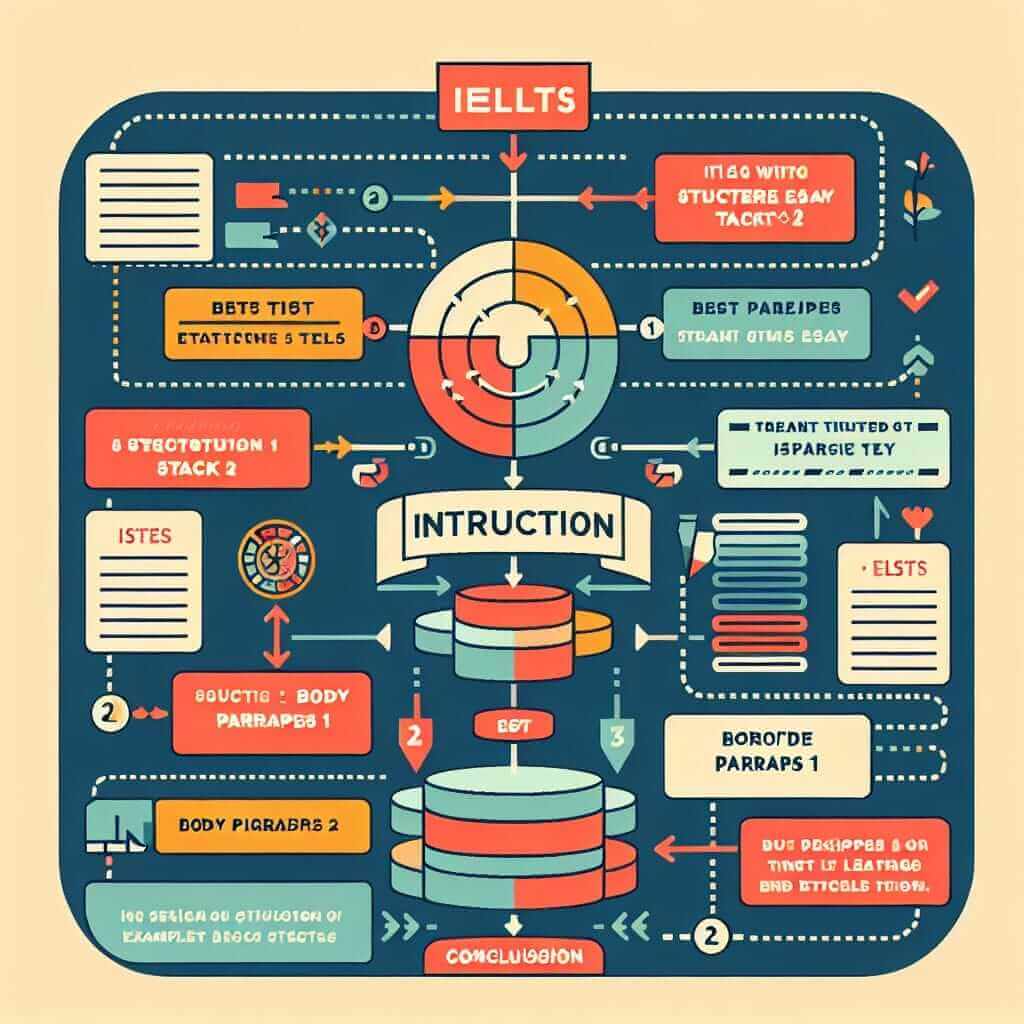The IELTS Writing Task 2, an academic essay, often feels incomplete without a strong conclusion. A well-crafted conclusion can significantly influence your band score by demonstrating your ability to effectively summarize your arguments and reiterate your stance on the given topic. This guide will delve into the importance of crafting compelling conclusions, provide a step-by-step approach to writing them, illustrate their application with real IELTS examples, and offer valuable tips to elevate your writing.
The Importance of a Strong Conclusion
Many IELTS test-takers underestimate the power of a well-structured conclusion. It is not merely an afterthought but an opportunity to:
- Reinforce your stance: Reiterate your opinion on the topic in a clear and concise manner.
- Showcase coherence: Demonstrate the logical flow of your essay and connect it back to the introduction.
- Leave a lasting impression: End your essay on a strong note, leaving the examiner with a clear understanding of your viewpoint.
Steps to Writing an Effective Conclusion
1. Signal the End
Begin your conclusion with transition phrases that signal the end of your essay. Some commonly used phrases include:
- In conclusion,
- To conclude,
- To summarize,
- In summary,
Example: In conclusion, while technological advancements offer numerous benefits…
2. Summarize Main Points
Briefly reiterate the main ideas presented in your body paragraphs. Avoid introducing new information or arguments.
Example: …it is crucial to address the potential drawbacks associated with excessive screen time and promote responsible technology use.
3. Restate Your Opinion
Paraphrase your thesis statement, reinforcing your position on the topic. This reminds the examiner of your main argument.
Example: Therefore, a balanced approach that harnesses technology’s advantages while mitigating its negative impacts is essential for a thriving society.

Illustrative Examples from IELTS Writing Task 2
Let’s examine some example conclusions based on potential IELTS prompts:
Prompt: Some people believe that the government should invest heavily in public transportation, while others argue that private car ownership should be encouraged. Discuss both views and give your opinion.
Conclusion Example: In conclusion, while private car ownership offers convenience and flexibility, its negative environmental and social impacts cannot be ignored. Investing in efficient and affordable public transportation systems is a more sustainable and equitable solution for the future.
Prompt: The increasing use of technology in education is a positive development. To what extent do you agree or disagree?
Conclusion Example: To conclude, although technology can enhance the learning experience, it is crucial to ensure its responsible and balanced integration. Educational institutions must prioritize the development of critical thinking skills and face-to-face interaction alongside technological advancements.
Tips for an impactful Conclusion
- Keep it concise: Aim for 2-3 sentences, approximately 50 words.
- Avoid repetition: Paraphrase your main points and thesis statement instead of directly copying them.
- No new information: The conclusion should only summarize existing ideas.
- Proofread carefully: Ensure grammatical accuracy and clear expression.
By mastering the art of writing effective conclusions, you can elevate your IELTS Writing Task 2 essays and boost your overall band score. Remember, a strong conclusion signals a strong argument, leaving a lasting impression on the examiner.